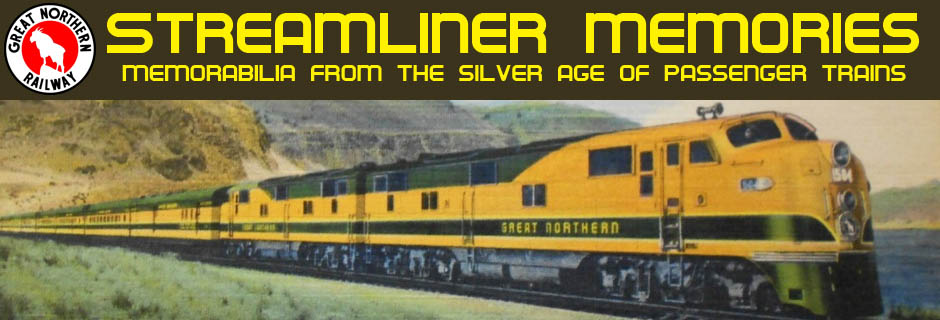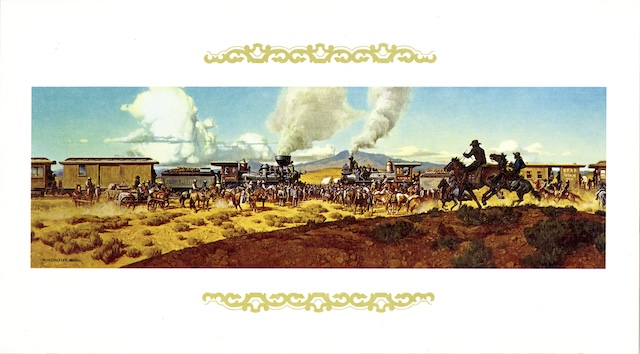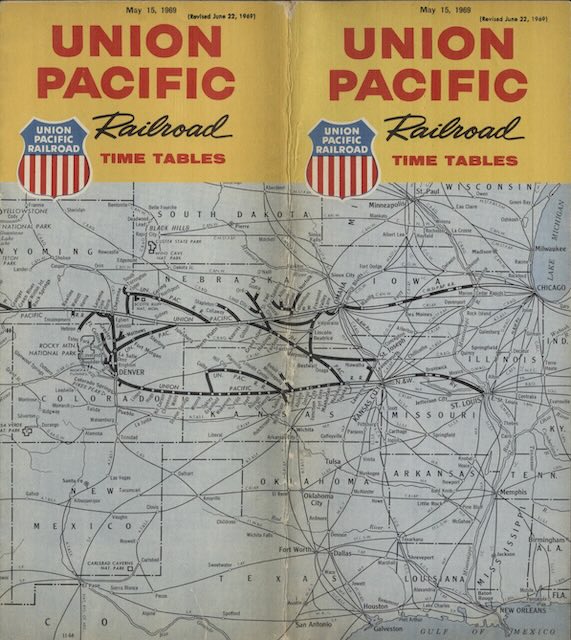This booklet introduces “the splendid new Erie Limited,” which was inaugurated on June 2, 1929. This train “provides 25 hour service at the lowest fares available.” The train in fact took slightly less than 25 hours to go between New York and Chicago, including the ferry ride between downtown Manhattan and Erie’s train station in Jersey City.
 Click image to download a 9.3-MB PDF of this 28-page booklet.
Click image to download a 9.3-MB PDF of this 28-page booklet.
While New York Central’s and Pennsylvania’s fastest trains, the 20th Century and Broadway, took only 20 hours in 1929, they charged an extra fare of $9.60 — about $175 in today’s money. At least five other NYC and six other PRR New York-Chicago trains charged extra fares as well. Continue reading









